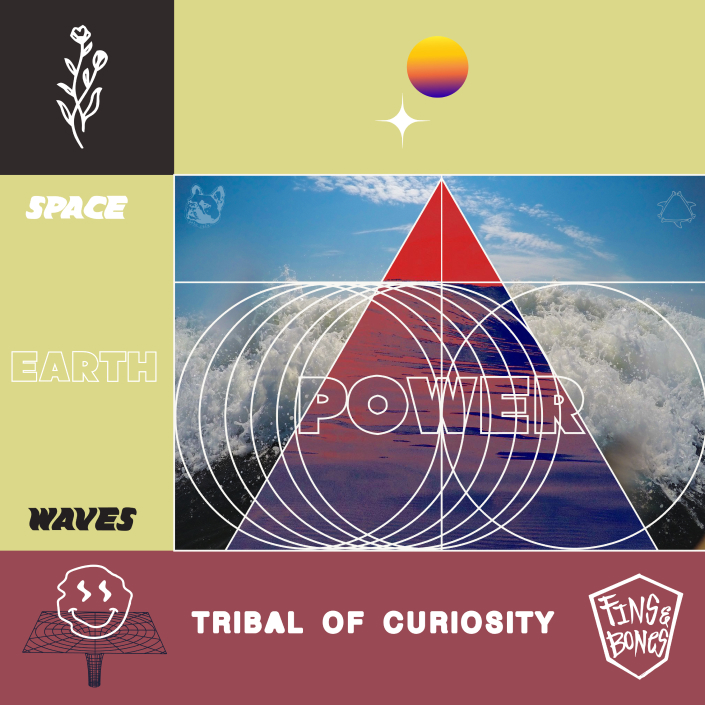TRIBAL OF CURIOSITY#1#2#3
Assist. Prof.Dr.Chaiyasit Chanarwut
Introduction
The search for human energy sources for sustaining life from one generation to the next continues to be a constant search within the world. And still use renewable energy from everywhere. Of course that energy is used up. And we never stop searching to help ourselves and the lives of those around us that we love.
Conclusion
The audience was delighted and asked questions about the search for new, renewable energy sources
that are sustainable for humans.
Objectives Aims or Purposes
To raise awareness of the search for sustainable energy sources
Process or Methods
Design research
Techniques and materials
Media Design Research, Analysis, Context, Photo, Format, Typography, Colour
Size or Mins.
1200PxX1200Px



Download